The poorest county in Maine uses COVID-19 pandemic relief funding to modify schools to get students back in person safely and quickly.
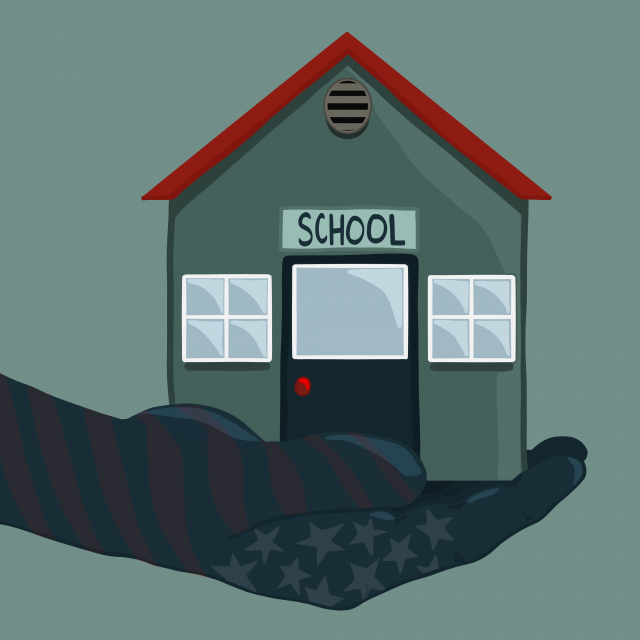

The poorest county in Maine uses COVID-19 pandemic relief funding to modify schools to get students back in person safely and quickly.
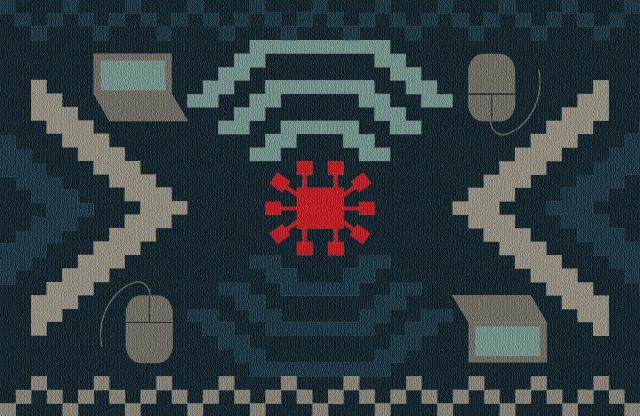
The Shawnee Tribe announced a state of emergency about language preservation in January 2020. Then the pandemic shifted classes online.
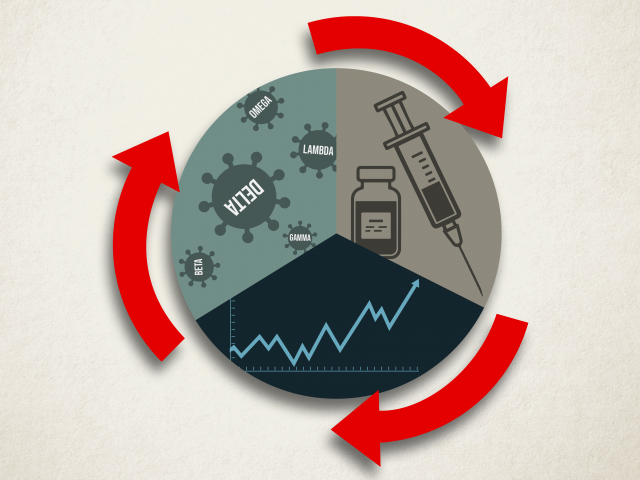
Whether the U.S. can reach herd immunity — the threshold of vaccinated people needed to stop the coronavirus’s community spread — remains an open question. But experts believe COVID-19 could become a manageable threat.
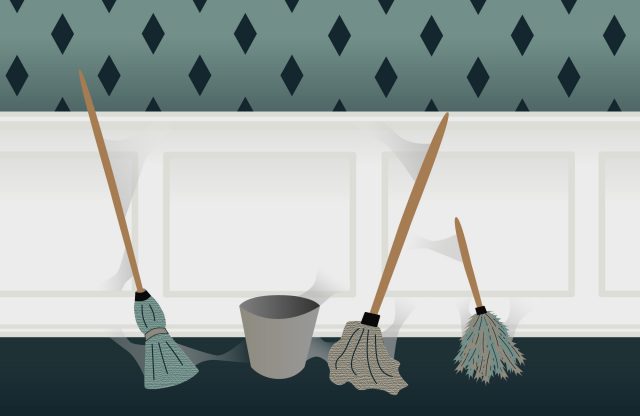
Domestic workers — the nannies, house cleaners and home care aids who make up an essential workforce in the U.S. — lost work during the pandemic. These workers generally lack the benefits and protections of other professions.
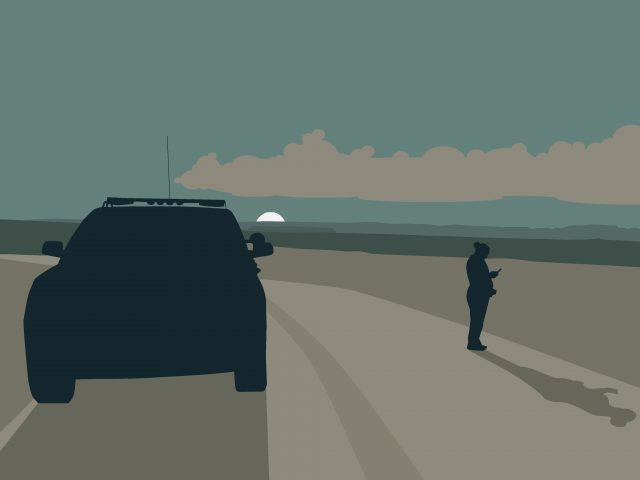
Navajo Nation Police Chief Phillip Francisco reflects on a year of resilience after COVID-19 put the department’s limited resources and funding to the test.
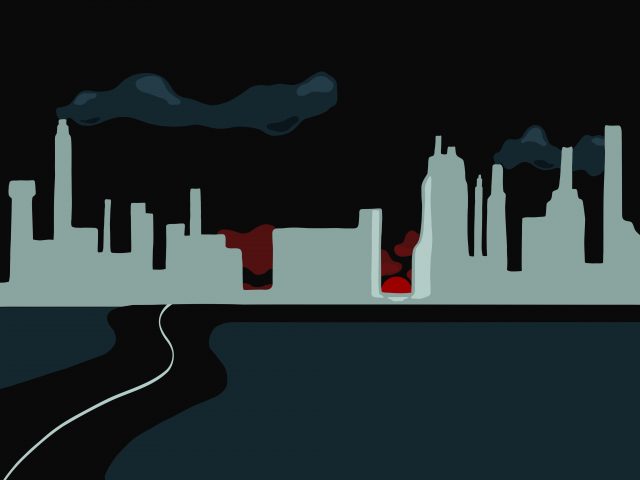
Some communities were fighting a pandemic of pollution long before COVID-19. Now researchers are studying whether the virus made matters worse.
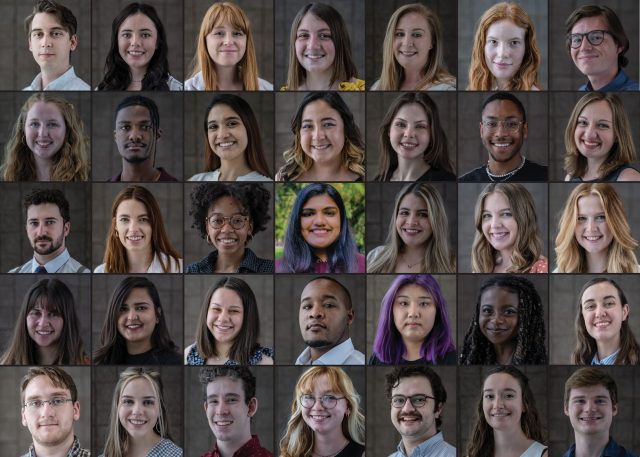
Top journalism students from across the country are investigating the lingering toll of the pandemic for Carnegie-Knight News21.